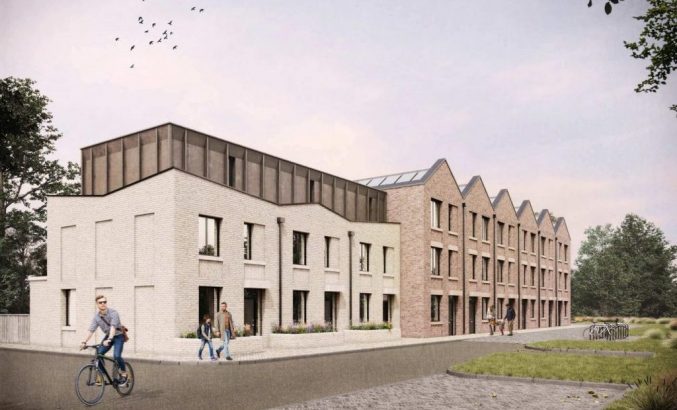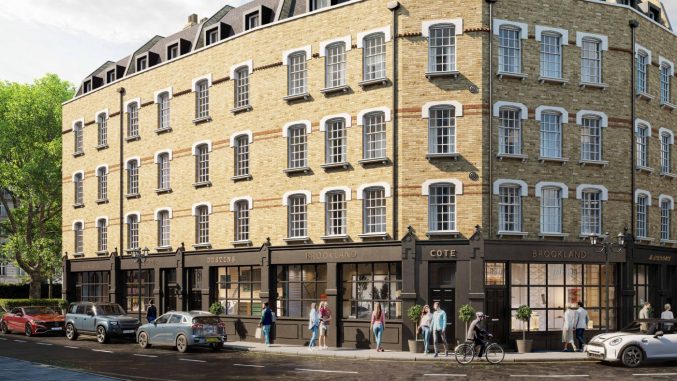Record asking prices in the second-stepper sector
By Laura Miller
Homeowners’ demand for more space after the trials of lockdown has sent asking prices in the larger home market to a new record.
Second-stepper three or four-bedroom homes have set a new price high of £291,618 in September, according to the Rightmove House Price Index, as more buyers seek larger homes.
Sales agreed compared to this time last year were also stronger for larger homes – more than doubling in the largest ‘top of the ladder’ homes sector (+104%), and growing strongly in the second-stepper sector (+55%). The first-time-buyer sector of two bedrooms or fewer, although not as strong as the larger homes sectors, still saw sales agreed up by 36%.
Tim Bannister, Rightmove’s director of property data said:
“Needing more space has always been the most popular reason for moving house, but now there’s a new urgency for extra space to be able to work from home, which means that there are different sets of buyers competing for the same type of property.”
At the start of the year a fourth bedroom was very much a luxury for buyers trading up, he added, but it’s now emerging as a must-have for those who are able to take that step.
Across all types of property coming to market prices were up 0.2% this month, just £269 below the record set in July.
With overall asking prices just a few hundred pounds shy of July’s record, and buyer demand at an all-time high, those currently looking for their next home are likely to find that only offers close to the asking price will be considered, especially for larger homes.
Northern regions reported the strongest price jumps, with Yorkshire & the Humber, East Midlands, West Midlands, North East, North West and Scotland all at new records.
National sales agreed for the whole year to date are down 5% on the same period in 2019, with East of England (+4%) and South East (+1%) already ahead, while Scotland (-21%) and Wales (-16%) still lag behind due to their later reopening
In London, sales agreed for the year to date are down by just 3%, with a two-speed market in play.
Outer London is showing strong sales for top-of-the-ladder homes, while areas like Zone 1 are finding it more challenging, where sales are down by 14% for the whole year to date compared to the same period last year.
Tomer Aboody, director of property lender MT Finance, said:
“Demand for more space has never been higher, with buyers happy to compromise on London living in order to have the garden and study which so many now desire.
“Commuter belts are now considered to be widening, with areas further out than the home counties becoming attractive to buyers who can live with the extra journey time into the city. This trend doesn’t just apply to London but across all the main cities, and will continue to drive demand in future.”
When new developments are built and in consideration of what amenities they will provide, Aboody expected more emphasis on creating small communities, providing shops, playgrounds and possibly even nurseries and schools.
Legal & General’s latest research shows as many as one in four people say they are definitely planning to buy a home in 2020.
Kevin Roberts, director at Legal & General Mortgage Club, said:
“Strong demand in the housing market is clearly continuing as buyers, especially second steppers, take advantage of the Stamp Duty holiday.
“Many of these borrowers are turning to independent mortgage advisers to understand their options and progress their mortgage applications as quickly as possible as lenders continue to battle high demand – and that demand shows no signs of slowing for now.”

Laura Miller is a freelance journalist who writes about money and business. She regularly appears in UK national and trade newspapers and magazines, and has previously worked for ITV News and the Telegraph among others. Find her on twitter @thatlaurawrites









